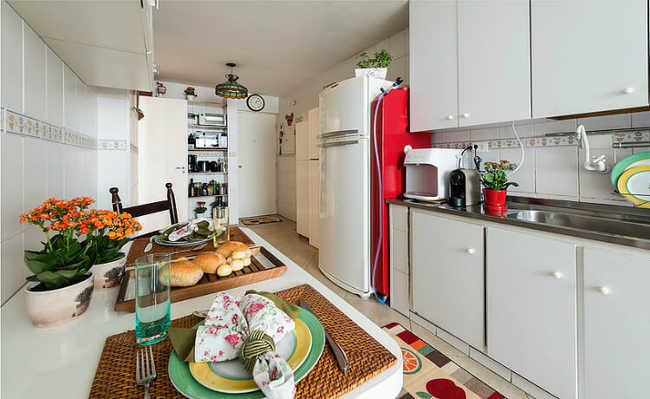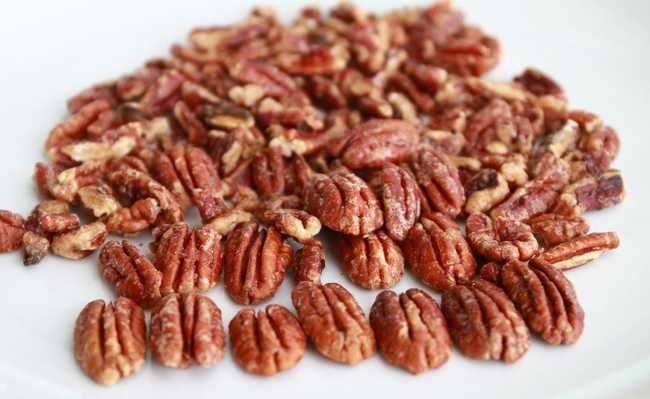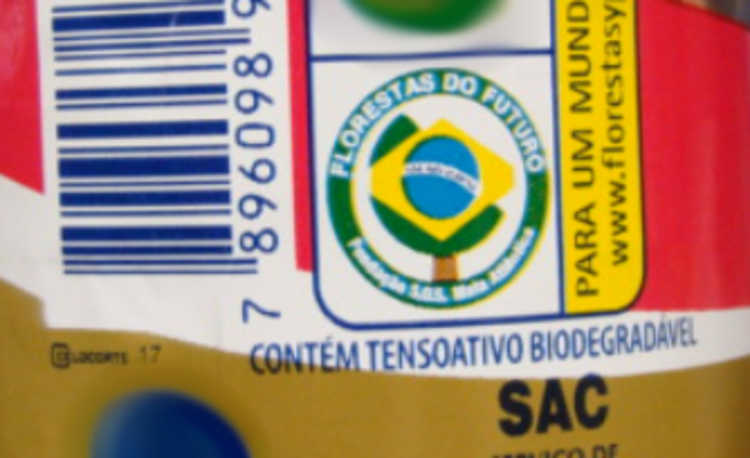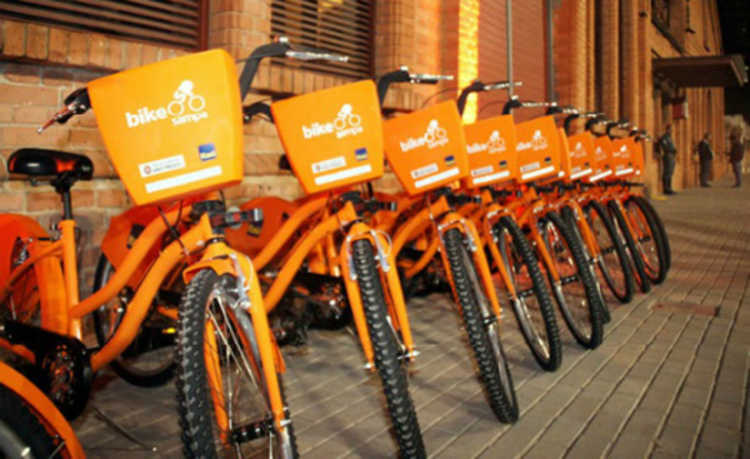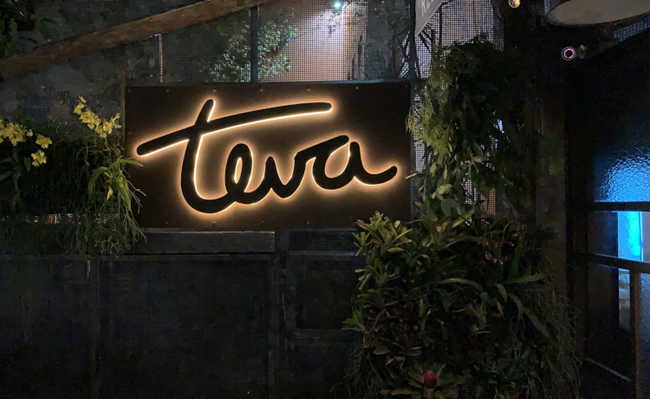Discover permaculture
A system in which the inhabitant, the home and the environment are integrated in the same living organism

We live in a time when the production system is the foundation of society. And in it, consumption is the main pillar. This system guarantees economic growth and the production of goods to satisfy the needs of a portion of the planet's inhabitants. However, the way found to achieve these goals involved the predatory use of the resources available on Earth. As these resources are finite, the way we use them is in crisis and could even result in a collapse.
The basis of consumption is food that, in general, is produced with certain inputs, such as fertilizers and pesticides, which are very harmful not only to those who eat the crops, but to the land and the surrounding biodiversity. Practices such as harvesting rainwater, recycling materials, maintaining the natural food cycle, using energy from clean and renewable sources, and reusing everything possible are far from the standard production model for food, but are the basis of permaculture.
What is permaculture?
It can be both a method and a philosophy of life, in which human needs are linked to sustainable solutions, always taking into account the balance between ecosystems and respect for others.

The creator of this concept is Australian and university professor Bill Mollison, who was helped by then-student David Holmgren. In the 70s, realizing that the natural resources of the region where they lived were running out, they decided to create a model of work and development in which agriculture, linked to human activities and always integrated with the environment, would produce sufficient resources and not predatory. So, in the beginning, the concept was called permanent agriculture. Over the years, the term was changed to permanent culture, whose abbreviation is permaculture.
This is a work methodology that, according to the creators, encourages sustainable development combined with a productive environment in rural and urban areas. It is a system in which the inhabitant, the home and the environment are integrated in the same living organism.
Ecovillage
The ecovillage is the place for the integration of all the elements mentioned above and has self-sustainment as its main objective.
From this, certain basic pillars come into play, such as caring for the land, so that it is healthy and life systems multiply; care for people, so that everyone can have access to the resources necessary for their existence; and fair sharing of surpluses, such as money, time, and energy, in order to achieve the goals of the other two ethics.

Credits: UFSC Permaculture
In addition to the pillars, permaculture follows 12 principles to become a philosophy of life: observe and interact; capture and store energy; get an income; practice self-regulation and accept feedback; use and value renewable services and resources; produce and do not waste; design from patterns to detail, integrate rather than segregate; use small, slow solutions; use and value diversity; use parallel paths and creative ideas and respond to change with creativity.
The idea worked, provided healthier foods and a fairer relationship with nature. As a result, the model has grown and expanded across several countries. In Brazil, several institutes and centers that apply these principles were created. The best known are the Cerrado Permaculture and Ecovillage Institute (IPEC) and the Atlantic Forest Permaculture and Ecovillage Institute.
Brazilian examples
IPEC is located in the city of Pirenópolis, in the state of Goiás. Founded in 1998, the creators opted, one year after its foundation, to develop techniques in typical cerrado soils, to prove the viability of the ideas of permaculture and bioconstruction. The result was excellent, as shown in the photos below: an apparently dry and infertile area was transformed into a place with intense vegetation.
The place became known as Ecocentro. By the year 2013, some aspects had already been developed: renewable energy, ecological housing, environmental education and responsible sanitation.

Of these creations, some reached the end of the Fundação Banco do Brasil award for Social Technology, such as the Bio-septic Canteiro, also popularly known as the “banana tree cesspool” (see more in the video at the bottom of the page), which consists of a technique of treatment of domestic effluents that solves the problem of lack of basic sanitation in several locations. Other examples are Humus Sapiens, another creation of the IPEC Ecocentro, which is a dry toilet; or even the geodesic dome, a structure widely used in architectural constructions which, in the case of IPEC, was made of a sustainable material, bamboo (learn more about the construction of the dome).
Another well-known permaculture center is the Atlantic Forest Permaculture and Ecovillage Institute (IPEMA) located in the city of Ubatuba, on the coast of São Paulo. It has been working since 1999 in the dissemination of permaculture to raise awareness and train people in the areas of ecovillages and bioconstruction. To achieve this goal, the institute runs several courses to stimulate debate and promote discussion among participants about creative solutions to the problems facing society.
Both institutes offer a visitation program so that people can see their creations. Visit the official websites (IPEC and IPEMA) of the institutions to learn more about the ideas, the concept and, who knows, visit them in person, in addition to incorporating various aspects used by them in their daily lives.


